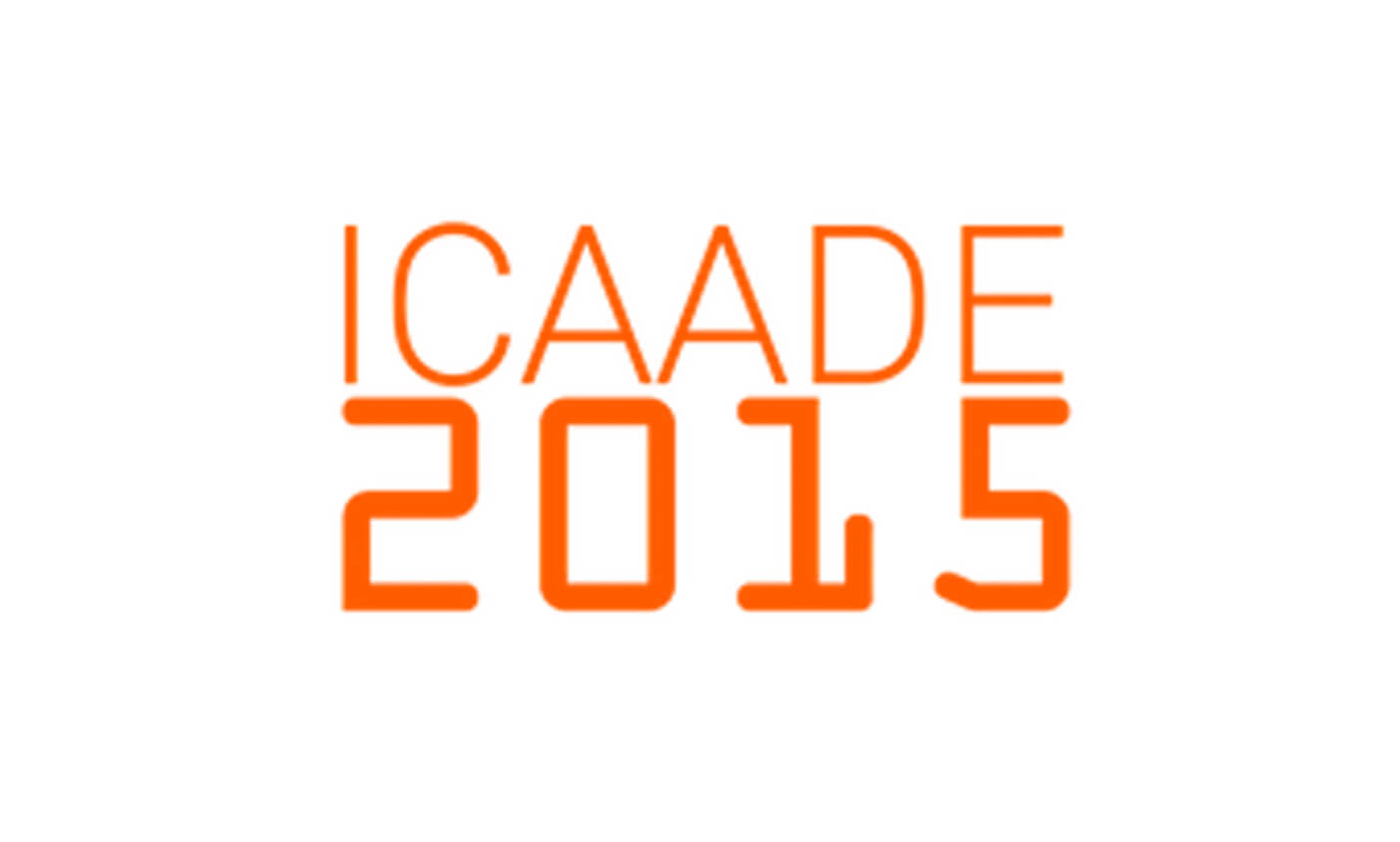Koen Olthuis keynote speaker at amphibious conference
ICAADE 2015 First international conference on amphibious architecture, design & engineering
ICAADE 2015 is the very first International Conference on Amphibious Architecture, Design and Engineering. Today’s cities are facing huge challenges. They are confronted with increased and uncontrolled urbanization, higher risk of flooding, scarcity of water for industry, households and ecosystems, rising pollution, ground subsidence, and climate change. These trends will have large consequences for the way we design our cities, neighborhoods and buildings.
Recent experiences have shown that amphibious architecture is gaining prominence in catalyzing the transformation of our future urban and rural landscapes to better deal with these challenges. ICAADE 2015 will provide a forum for the presentation, discussion and sharing of research, knowledge and practical experience governing all relevant aspects of this emerging topic.
The objective of the conference is to promote interaction among architects, planners, builders, researchers, engineers, and participants from government and industry, representing a broad range of disciplines such as water management, urban and landscape design, hydraulic engineering, social sciences, humanities, building construction, education and health, and experts from such fields as commerce, policy, information systems, and knowledge management. The conference promises to stimulate thought-provoking debates on amphibious architecture, design and engineering as well as on flood resilience in infrastructure systems and communities affected by flood disasters, and on controversial policy issues. We will welcome delegates from both developing as well as industrialized countries, and we are keen to attract students.
ICAADE 2015 will be held in Bangkok, Thailand, on August 26-29, 2015. A student design workshop will be held prior to the conference, and several post-conference tour options will be available.
 WHAT IS AMPHIBIOUS ARCHITECTURE?
WHAT IS AMPHIBIOUS ARCHITECTURE?
Amphibious architecture refers to an alternative flood mitigation strategy that allows an otherwise-ordinary structure to float on the surface of rising floodwater rather than succumb to inundation. An amphibious foundation retains a home’s connection to the ground by resting firmly on the earth under usual circumstances, yet it allows a house to float as high as necessary when flooding occurs. A buoyancy system beneath the house displaces water to provide flotation as needed, and a vertical guidance system allows the rising and falling house to return to exactly the same place upon descent. Amphibious architecture is a flood mitigation strategy that works in synchrony with a floodprone region’s natural cycles of flooding, rather than attempting to obstruct them.
Amphibious construction may also refer to one of several “hybrid” conditions. One such is where the weight of a structure is partially supported by both land and water simultaneously, i.e. where gravity loads are shared by a buoyant substructure and structural elements bearing directly on the solid ground below the water. Another situation is where a mechanical system such as jacks or hydraulic pumps is used to elevate the structure temporarily. A third condition is a “wetproofing” strategy, whereby residents occupy the first floor during dry seasons and move to an upper storey during periods of flooding.
Amphibious design also includes the concepts of land use planning, site selection, community resilience issues such as the place of amphibious buildings in multiple-lines-of-defense systems, and policy considerations.
Amphibious engineering addresses issues such as infrastructure, mechanical systems and utilities, system components and selection criteria, and codification and certification concerns.
